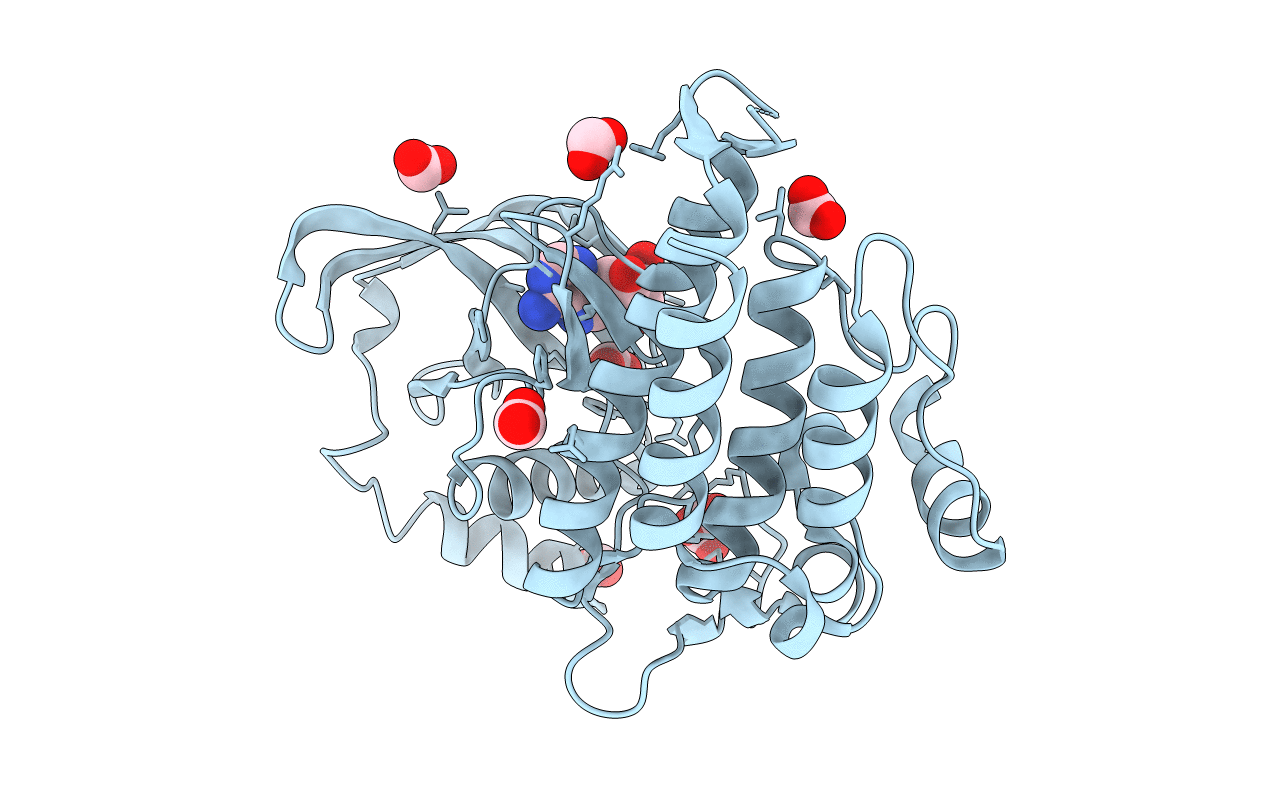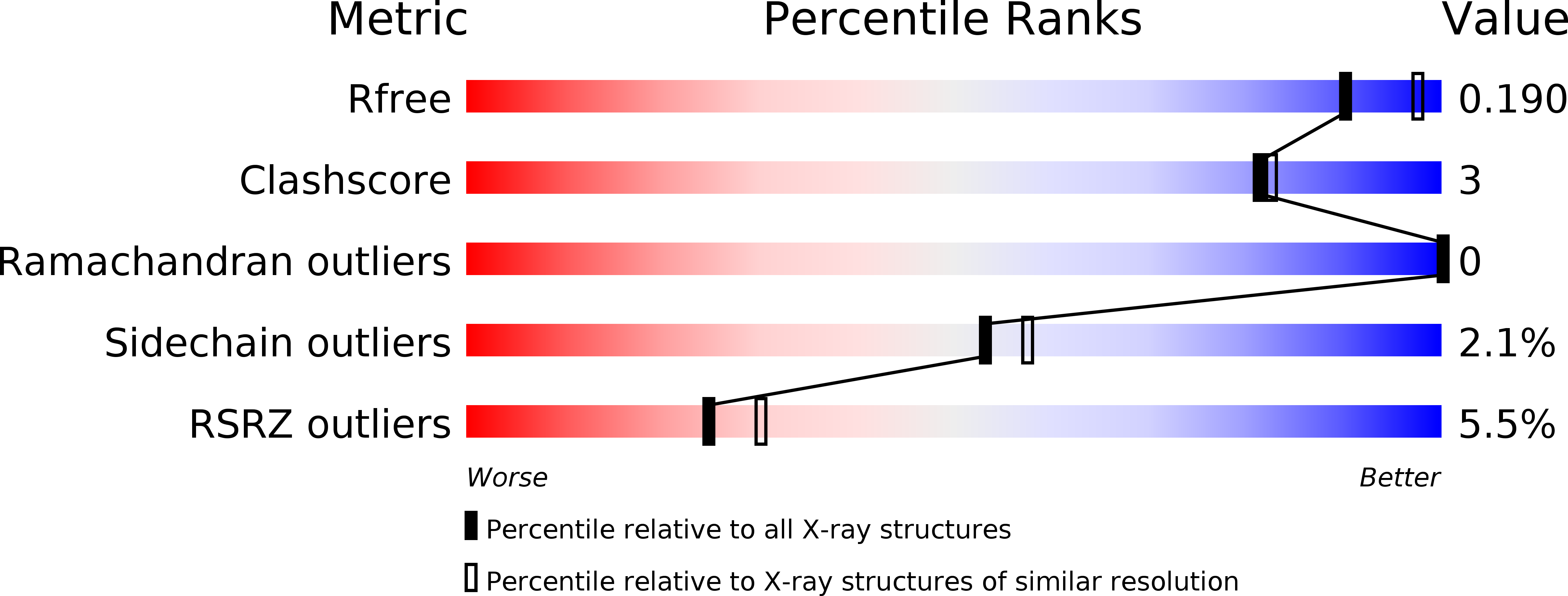
Deposition Date
2014-01-06
Release Date
2014-03-05
Last Version Date
2024-11-13
Entry Detail
PDB ID:
4CKI
Keywords:
Title:
Crystal Structure of oncogenic RET tyrosine kinase M918T bound to adenosine
Biological Source:
Source Organism:
HOMO SAPIENS (Taxon ID: 9606)
Host Organism:
Method Details:
Experimental Method:
Resolution:
2.12 Å
R-Value Free:
0.19
R-Value Work:
0.15
R-Value Observed:
0.15
Space Group:
C 1 2 1


